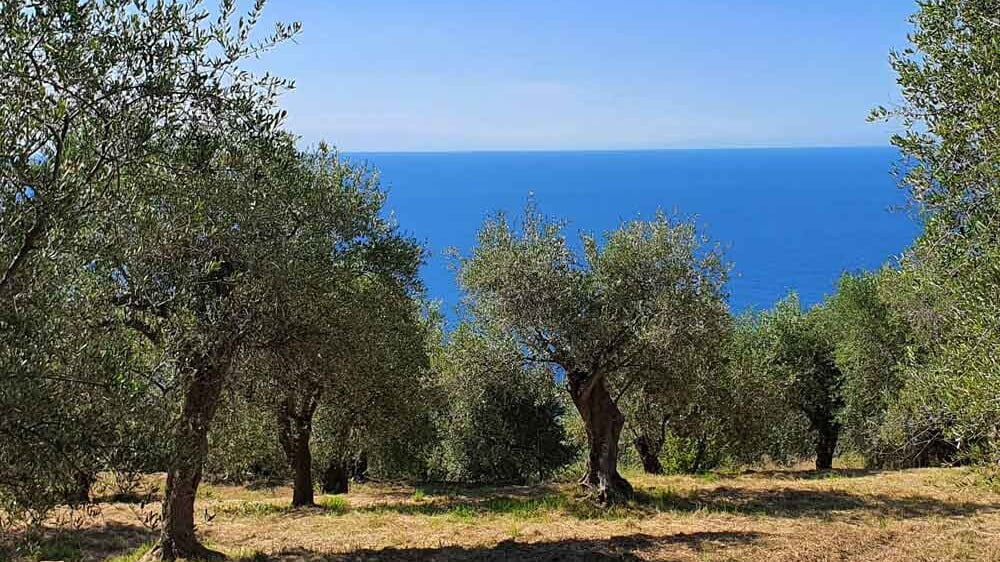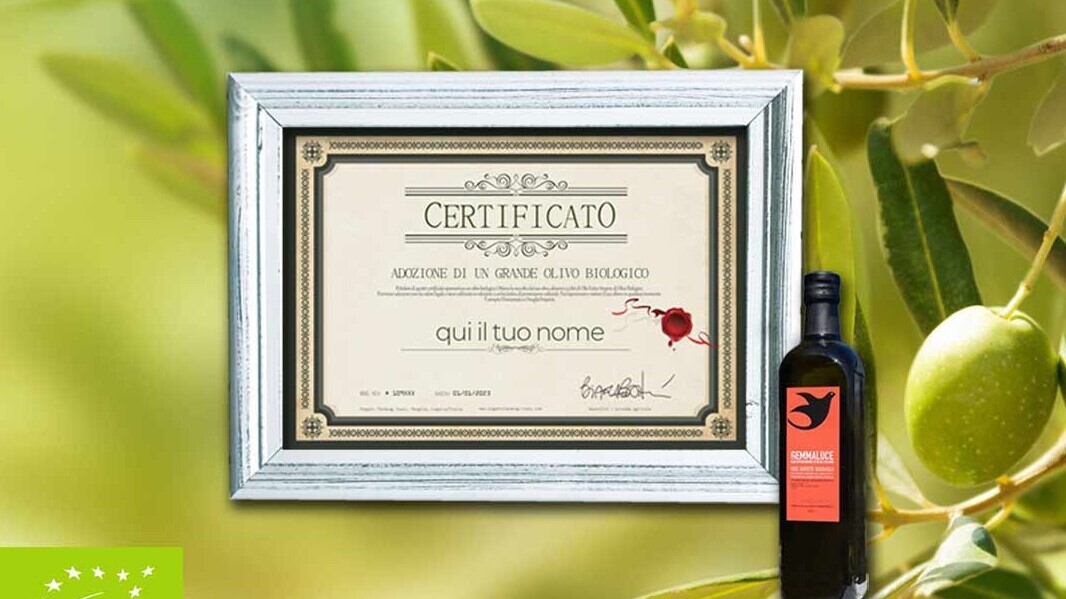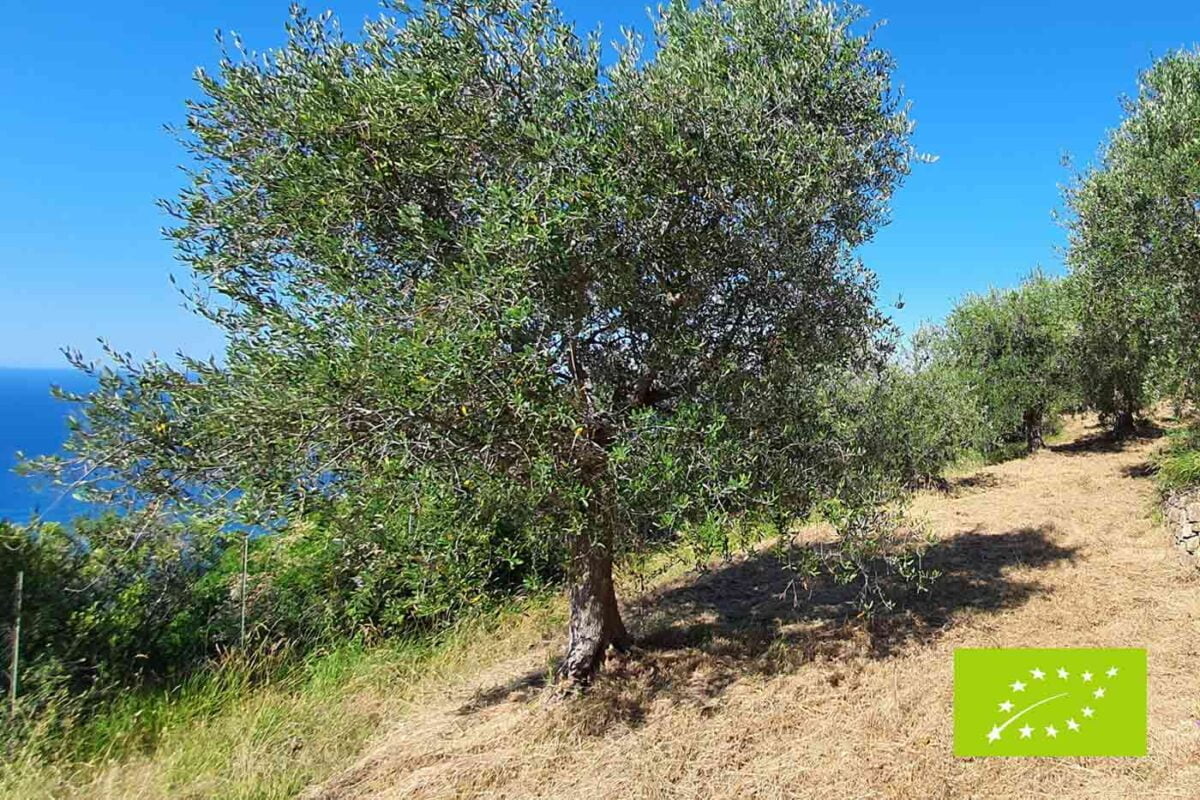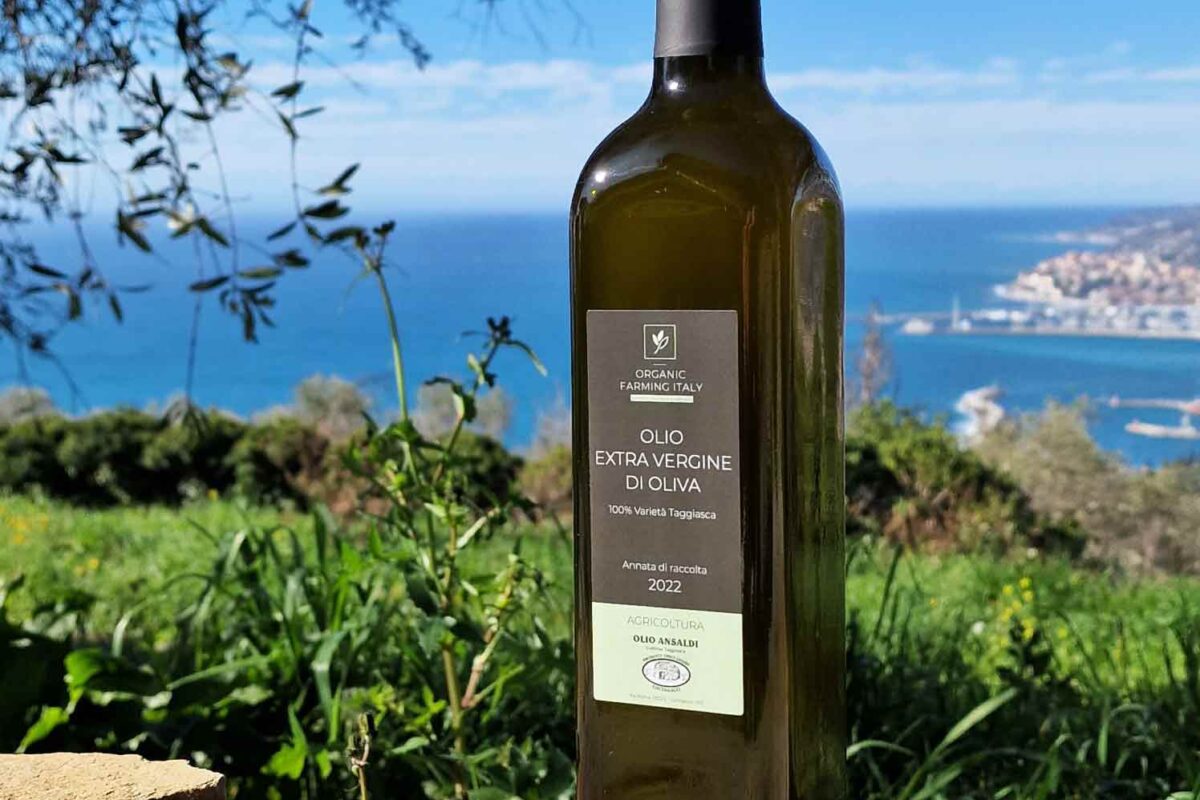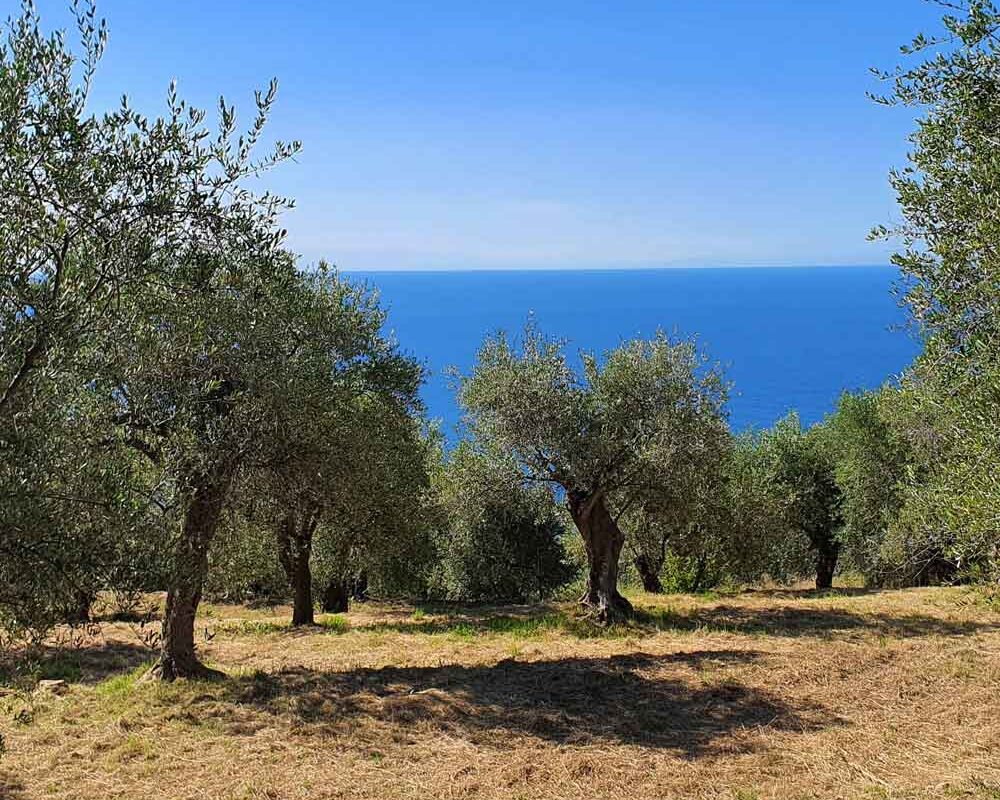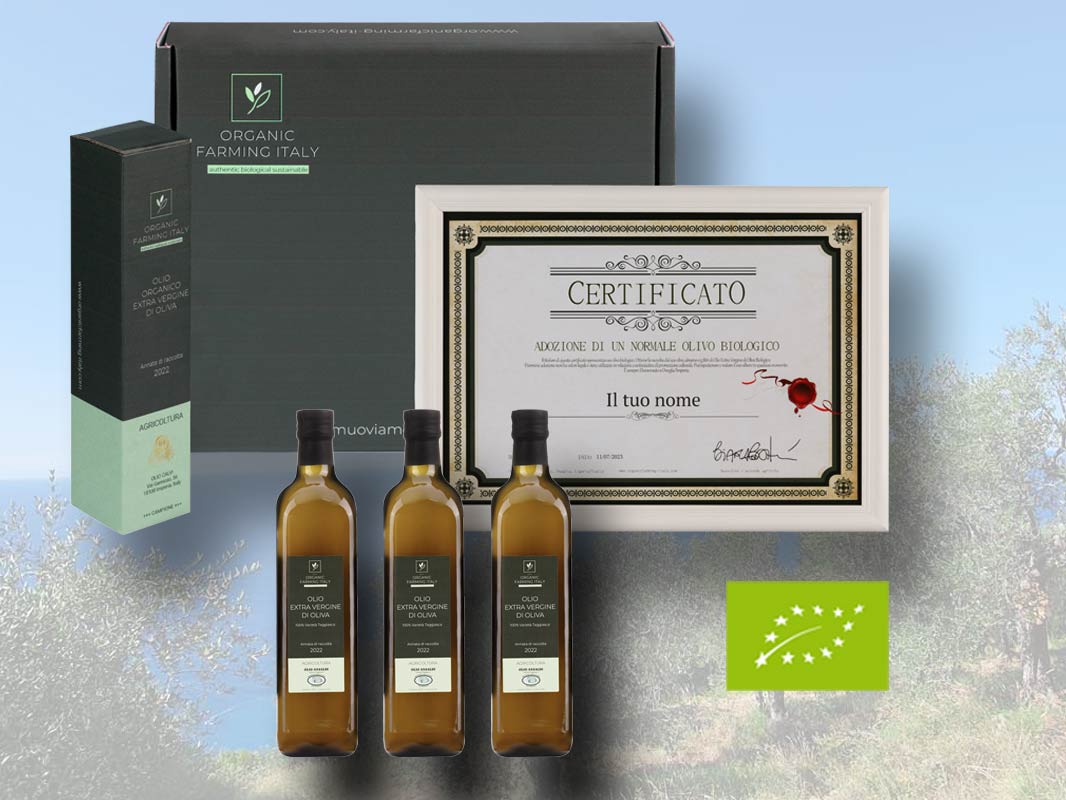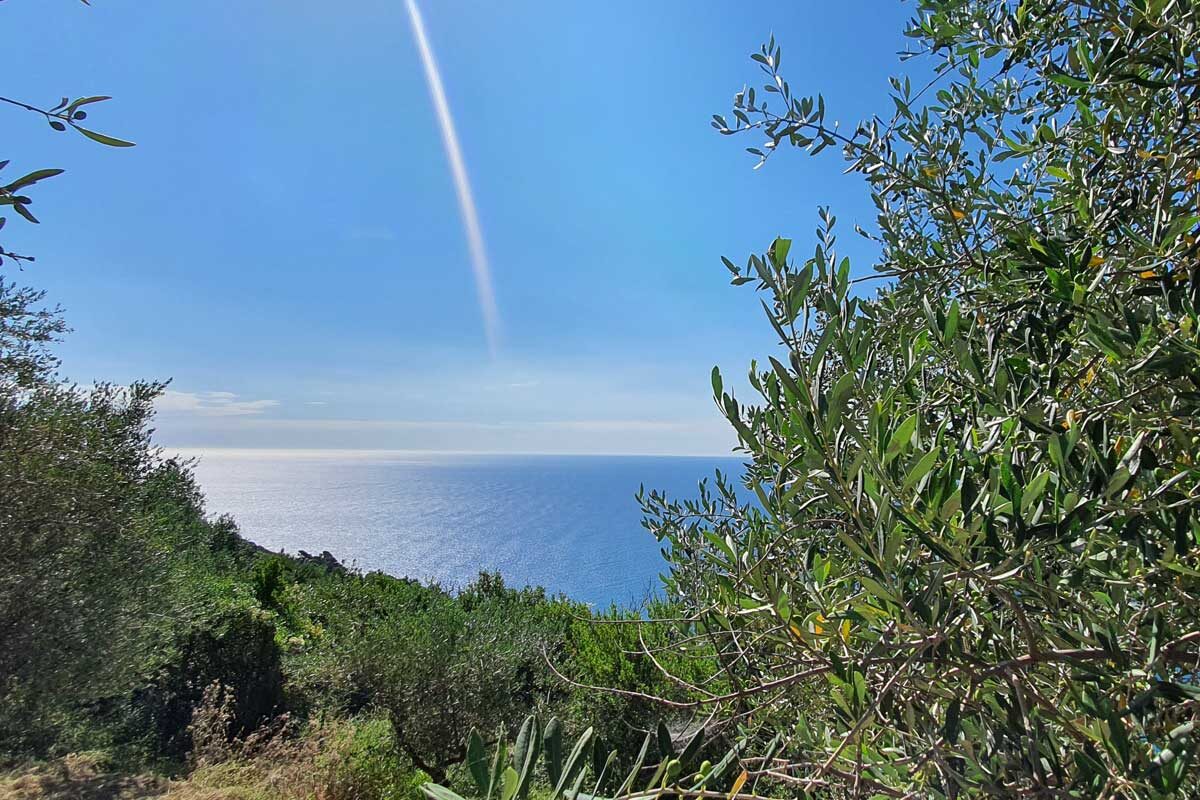Taggiasca Olive – everything you need to know
Taggiasca Olive – A comprehensive insight: On the global stage of olives, the Taggiasca olive occupies a prominent position. Farmers in Liguria praise it as the most outstanding and delicious olive the world has ever tasted. However, olive producers in Sicily, Crete, Spain and Provence share this opinion when it comes to their own harvests. Therefore, it is time to lift the veil and dive deeper into the world of the famous Taggiasca olive.
The Taggiasca olive, a fruit rooted in the hills of Liguria, enjoys an excellent reputation that extends far beyond its Italian borders. But what exactly makes this little olive so special? Here we take a close look at the Taggiasca olive to understand why it is considered by many to be the culinary queen.

Size, shape and colour of Taggiasca Olive
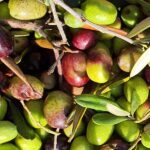 The Taggiasca olive is characterized by its modest dimensions, its size being usually between 1.5 cm and 2.5 cm. Her characteristic elongated profile becomes slightly fuller at the base, with supple and flawless skin.
The Taggiasca olive is characterized by its modest dimensions, its size being usually between 1.5 cm and 2.5 cm. Her characteristic elongated profile becomes slightly fuller at the base, with supple and flawless skin.
The flesh of this olive is remarkably firm and maintains its consistency over time. A standout characteristic of the Taggiasca olive is its diverse color palette. Even within a single tree, one can observe a kaleidoscope of colors, from a delicate light green to various shades of brown to striking purples and violets.
Another distinguishing feature of this olive is its intense aroma, which is favored by its limited size and lower water content compared to other olive varieties. Depending on the climatic conditions, this flavor is further intensified as the olive absorbs less liquid.
The centuries-old history of an olive variety
Already at the end of the 7th century began a remarkable movement of Benedictine monks who would leave their mark on the culinary and cultural history of Italy. Originally, these monks came from the picturesque monastic island of Lerins, located off the glittering coast of Cannes on the Cote d’Azur.
Driven by a mission, they moved beyond the borders of France and settled in the valley of the river Argentina in mainland Italy. Here, in the picturesque region near Taggia, they founded the monastery of Santa Maria del Canneto. But they did not come only to spread their faith and seek spiritual refuge. They also had the desire to help economically the local community that suffered from the exploitations of the Saracens.
One of the most formative acts of the monks was the planting of a very special tree: the first Taggiasca olive tree. This act was not only symbolic, but also practical, as the olive tree served as a resource for food and economy. The decision to plant this particular olive tree had profound implications. First, the olive that came from this tree and its descendants soon bore the name of the nearby province of Taggia, which led to the name “Taggiasca Olive”.
From this humble beginning in the valley of the river Argentina, the Taggiasca olive began its triumphal march through Italy. Thanks to its unique characteristics and unmistakable taste, it soon became one of the most appreciated olive varieties in the country. It symbolizes not only the culinary heritage of the region, but also the enduring connection between faith, culture and economy that was shaped by these early Benedictine monks.
Distribution of Taggiasca Olive and climate
The Taggiasca olive, which has its humble origins in the
municipality of Taggia
found its way to many regions of Italy. But despite its spread, it has always kept its deepest roots in the province of Imperia and its neighboring regions. In addition, it also became native to parts of Piemonte and French Provence. The reason for this particular proliferation is the unique microclimate of these regions, which not only allows the olive to grow optimally, but also gives it a characteristic and sought-after flavor.
The Riviera Ligure di Ponente, where the Taggiasca olive feels particularly at home, offers a distinctive climatic profile. Geographically, the Maritime Alps, which reach impressive heights of up to 2,000 meters, are a natural barrier. They effectively protect the region from the cold north winds. In parallel, the Gulf Stream, flowing in from the south, contributes to a pleasant warmth. These constant climatic companions ensure that the region is affected by only minimal temperature fluctuations. The result is a consistently mild climate that lasts all year round. In addition, the region spoils with an average of 300 sunny days per year, with temperatures remaining moderate despite the many hours of sunshine. For the Taggiasca olive, these are simply dream conditions that favor its growth and quality.

Quality and use
The Taggiasca olive is known for the dense, firm flesh it possesses. This unique consistency makes them particularly suitable for preservation, whether in high quality olive oil or in traditional brine. Pickling in brine, also called “salamoia”, a carefully prepared mixture of water and salt, has a rich history and has been considered a proven preservation method over the centuries.
 Beyond its suitability for pickling, the Taggiasca olive has another shining star in its crown: it is the basis for the production of one of the most prestigious olive oils of all – extra virgin olive oil. This special oil is appreciated worldwide for its outstanding quality. Its flavor profile varies and, depending on when it is consumed after harvest, can range from slightly spicy and tangy to fruity with hints of almond.
Beyond its suitability for pickling, the Taggiasca olive has another shining star in its crown: it is the basis for the production of one of the most prestigious olive oils of all – extra virgin olive oil. This special oil is appreciated worldwide for its outstanding quality. Its flavor profile varies and, depending on when it is consumed after harvest, can range from slightly spicy and tangy to fruity with hints of almond.
The superior quality of this olive oil, coupled with the optimal growing region, led to it being trademarked in 1997. Thus was established the designation DOP Riviera Ligure Riviera dei Fiori, a seal reserved exclusively for extra virgin olive oils derived from the Taggiasca olive of this specific region.
However, obtaining and using this seal also entails financial burdens. For olive growers in the region, these costs may well be a hurdle. Therefore, there are many olive oils in the region that meet the qualitative requirements for the seal, but do not carry it for cost reasons. This highlights the need to pay attention to both the seal and the origin and quality when buying olive oil from this region.
The harvest of olives
Theart of olive oil production has its own season, and this usually falls in the months of October to December. It is in this period that the olive trees are resplendent with fully formed fruit, rich in intense flavors. This phase marks the peak of ripeness, when the olives develop their full flavor potential. However, some industrial producers follow a different tactic: they leave the olives on the tree until January or even February. The reason for this is that during the colder winter months, the olives absorb more water, increase in size and thus produce a greater yield due to their increased mass. But this gain in quantity is often at the expense of quality, causing the olive oil to lose flavor and aroma.
In the picturesque region of Liguria, known for its steep slopes and terraced landscapes, Taggiasca olive oil production requires special care. Here the olives are still traditionally harvested by hand. This method is not only a matter of tradition, but also a necessity. Due to the hilly topography of the region, there are hardly any flat areas where large olive plantations could be established and mechanized with harvesting tractors. And that is a blessing. This artisanal harvesting method is gentle on the trees and protects the natural inhabitants of the olive groves, including songbirds and beneficial insects.
In past times, a stick made of sturdy chestnut wood, the “trappa”, was used to beat the olives from the branches. Directly below, nets were spread to catch the falling fruit. Today, the technique has evolved somewhat: instead of the traditional wooden stick, a shaking machine is often used, which gently shakes the branches to loosen the olives. Nevertheless, the harvest remains a laborious and physically demanding activity that lasts for weeks and requires both dedication and perseverance.
Storage and shelf life
Olive oil, one of the staples of Mediterranean cuisine, has gained popularity not only for its variety of flavors but also for its health benefits. By law, the shelf life of olive oil is 18 months after its bottling or canistering. This serves as a guideline to ensure that the oil maintains its best properties during this period.
However, the end of these 18 months does not necessarily mean that the olive oil has passed its zenith or even spoiled. In fact, a high quality olive oil stored under optimal conditions may well last several years without significantly losing quality or flavor.
The storage of olive oil follows the same principles as the storage of many other foods. Two of the biggest enemies of olive oil are heat and light. Both factors can accelerate the aging process of the oil and affect its valuable properties. This includes not only taste and aroma, but also the valuable nutrients and antioxidants contained in the oil.
Therefore, it is advisable to store olive oil in a cool place, away from direct sunlight or other sources of heat such as the stove or oven. A dark closet or pantry are ideal places. Additionally, it can help to keep the bottle or canister tightly closed to minimize air infiltration, which can also affect the quality of the oil.
In summary: Even if the best-before date of an olive oil has expired, it can still be a culinary highlight if stored correctly. A cool, dark place and a well-sealed bottle are keys to a longer life for this valuable food.
“Vino vecchio e olio nuovo”
Italian proverb
Olive oil, despite its considerable shelf life, begins to gradually lose aroma and intensity after pressing. Immediately after production, the oil is often characterized by a bittersweet pungency that is considered intense for some taste palettes, especially for many Germans. As the months progress, especially from March onwards after the main harvest period, this intense note diminishes and the olive oil develops a milder character. Towards the end of its optimal shelf life, the olive oil has lost much of its original characteristics and is often used primarily for cooking rather than as a refinement. Here you can buy fresh premium organic olive oil.
Matching sponsorships
Adopt an organic olive tree in Italy
Adopt olive tree. Adopt your own organic olive tree in Oneglia on the sea in Liguria. Your tree will receive a wooden…
A special gift: organic olive tree adoption
A special gift for all those who want to promote sustainability and support organic farming. The adoption of your own…
Latest product reviews
-
 Olive tree sponsorship extension
by Siegfried Bubeck
Olive tree sponsorship extension
by Siegfried Bubeck -
 First-class extra virgin olive oil 2024
Rated 5 out of 5by Siegfried Bubeck
First-class extra virgin olive oil 2024
Rated 5 out of 5by Siegfried Bubeck -
 Adopt an organic olive tree in Italy
Rated 5 out of 5by Melanie Radl
Adopt an organic olive tree in Italy
Rated 5 out of 5by Melanie Radl -
 Olive tree sponsorship gift package complete
Rated 5 out of 5by André Wenzel
Olive tree sponsorship gift package complete
Rated 5 out of 5by André Wenzel -
 Olive tree sponsorship gift package complete
Rated 5 out of 5by Mandy Friedrich
Olive tree sponsorship gift package complete
Rated 5 out of 5by Mandy Friedrich -
 Subscription organic olive tree sponsorship
Rated 5 out of 5by Sylvia Frodl
Subscription organic olive tree sponsorship
Rated 5 out of 5by Sylvia Frodl

